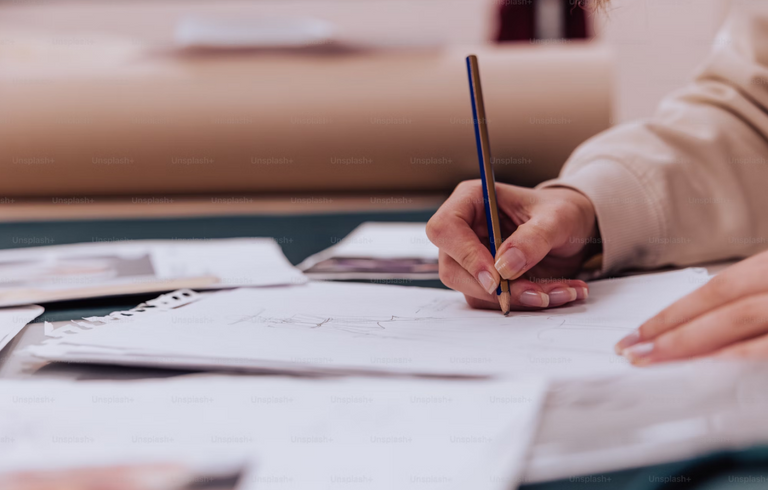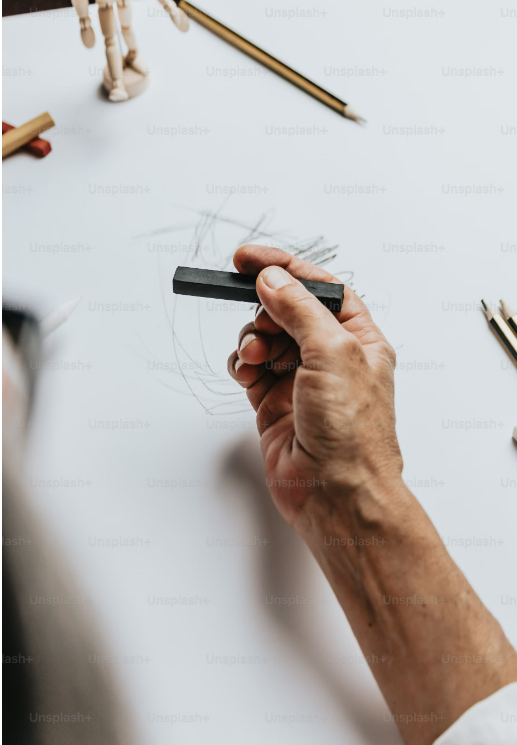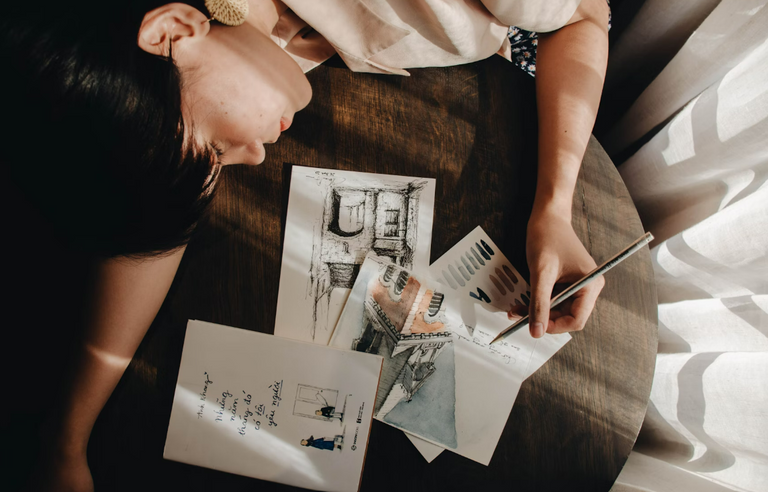Sketching is a valuable skill that combines creativity and technique. For beginners, developing confidence and improving skills requires consistent practice, experimentation, and patience. Here’s a detailed guide to help you get started and practice sketching effectively.
1. Set Up Your Workspace
- Choose Your Tools: Start with basic tools: a sketchbook, a set of pencils (HB, 2B, 4B, and 6B), an eraser, and a sharpener. As you progress, you can add charcoal, pens, or digital tools.
- Find a Comfortable Spot: Work in a well-lit area, free from distractions, to focus on your sketching.
- Use Quality Paper: Smooth paper is ideal for pencils, while textured paper works well for charcoals.
2. Master Basic Techniques
Lines and Shapes
- Practice drawing straight lines, curves, and geometric shapes repeatedly.
- Focus on smooth, confident strokes rather than hesitating or overworking the lines.
Shading and Toning
- Experiment with light and dark shading using different pencil pressures.
- Practice gradients by shading from dark to light in a smooth transition.
Hatching and Cross-Hatching
- Use parallel lines (hatching) or overlapping lines (cross-hatching) to create texture and depth.
- Vary the spacing between lines to achieve different tones.
3. Start Simple
- Begin with everyday objects like fruits, cups, or bottles. These are easy to observe and sketch.
- Break objects into basic shapes (circles, squares, triangles) and refine the details gradually.
4. Study Proportions and Perspectives
- Learn the basics of proportions, especially when sketching people, animals, or buildings.
- Use simple grids or guidelines to maintain accurate proportions.
- Practice one-point, two-point, and three-point perspectives to create depth in your sketches.
5. Develop Observation Skills
- Spend time observing your subject carefully. Notice details like shadows, textures, and light sources.
- Sketch from real life instead of photos whenever possible to train your eye.
6. Practice Daily
- Dedicate at least 15-30 minutes a day to sketching.
- Maintain a sketchbook to track progress and experiment with ideas.
7. Explore Different Subjects
- Try landscapes, still life, portraits, animals, or abstract concepts.
- Sketch quick studies to capture the essence of a subject without worrying about perfection.
8. Learn from Others
- Watch Tutorials: Follow online classes or YouTube videos for guided practice.
- Study Artworks: Observe professional sketches to learn techniques and styles.
- Seek Feedback: Share your work with friends, mentors, or online communities for constructive feedback.
9. Embrace Mistakes
- Accept imperfections as part of the learning process.
- Use erasers sparingly; sometimes, mistakes can inspire creativity.
10. Experiment with Styles
- Try different sketching styles, such as realism, cartooning, or abstract art.
- Explore mediums like ink, watercolors, or digital tools for variety.
11. Reflect and Improve
- Periodically review your older sketches to identify areas of improvement.
- Set small goals, like mastering a specific technique or completing a complex subject.
Tools and Resources
- Sketching Apps: Procreate, Sketchbook, or Adobe Fresco for digital sketching.
- Books: Drawing on the Right Side of the Brain by Betty Edwards, or Keys to Drawing by Bert Dodson.
- Communities: Join forums like Reddit’s r/learnart or Instagram hashtags like #sketchingpractice to connect with fellow learners.
Beginner Exercises
- Contour Drawing: Draw without lifting your pencil off the paper.
- Blind Drawing: Sketch an object without looking at the paper to focus on observation.
- Timed Sketches: Set a timer (5-10 minutes) and sketch quickly to improve speed and focus.

source

